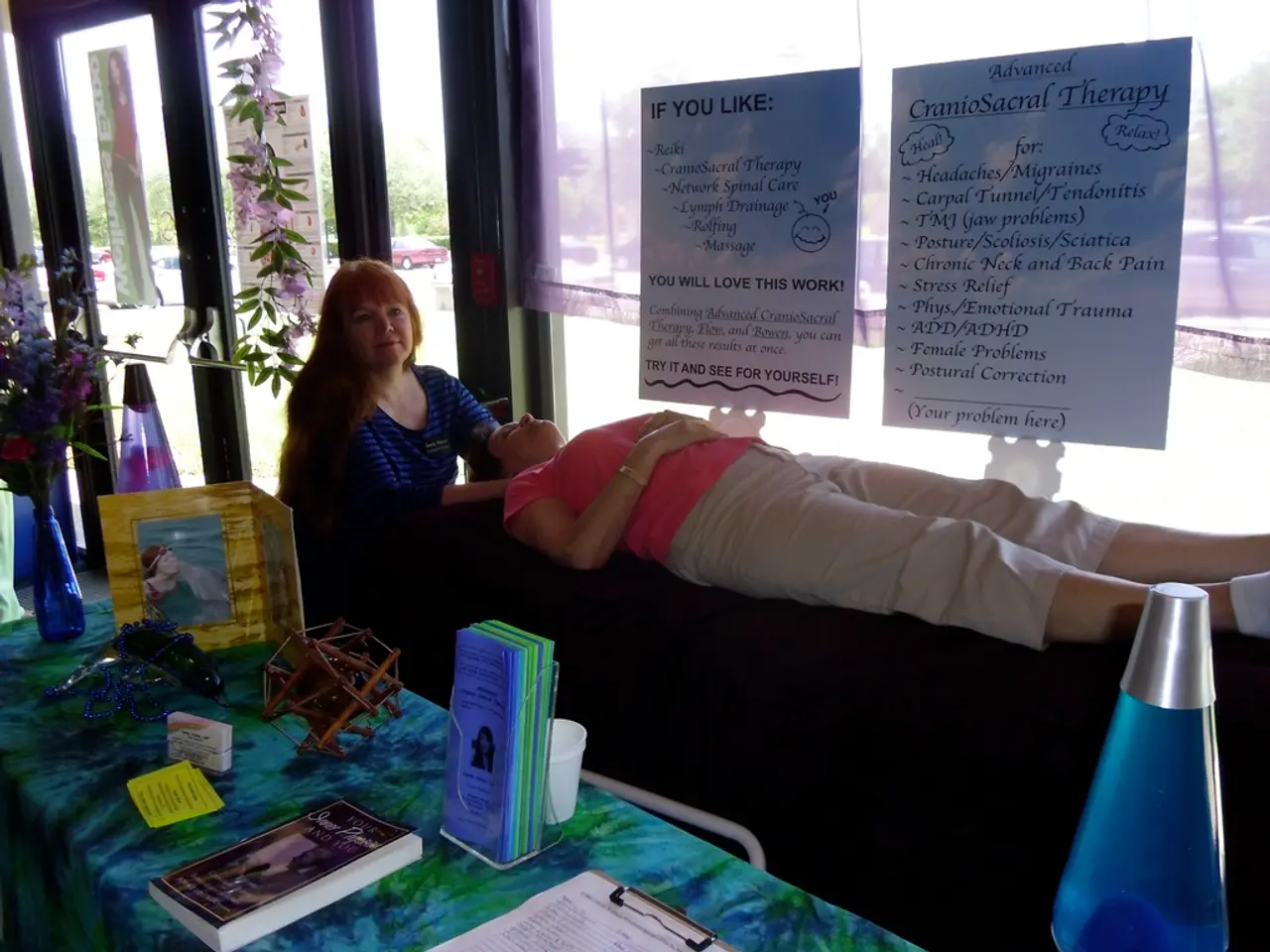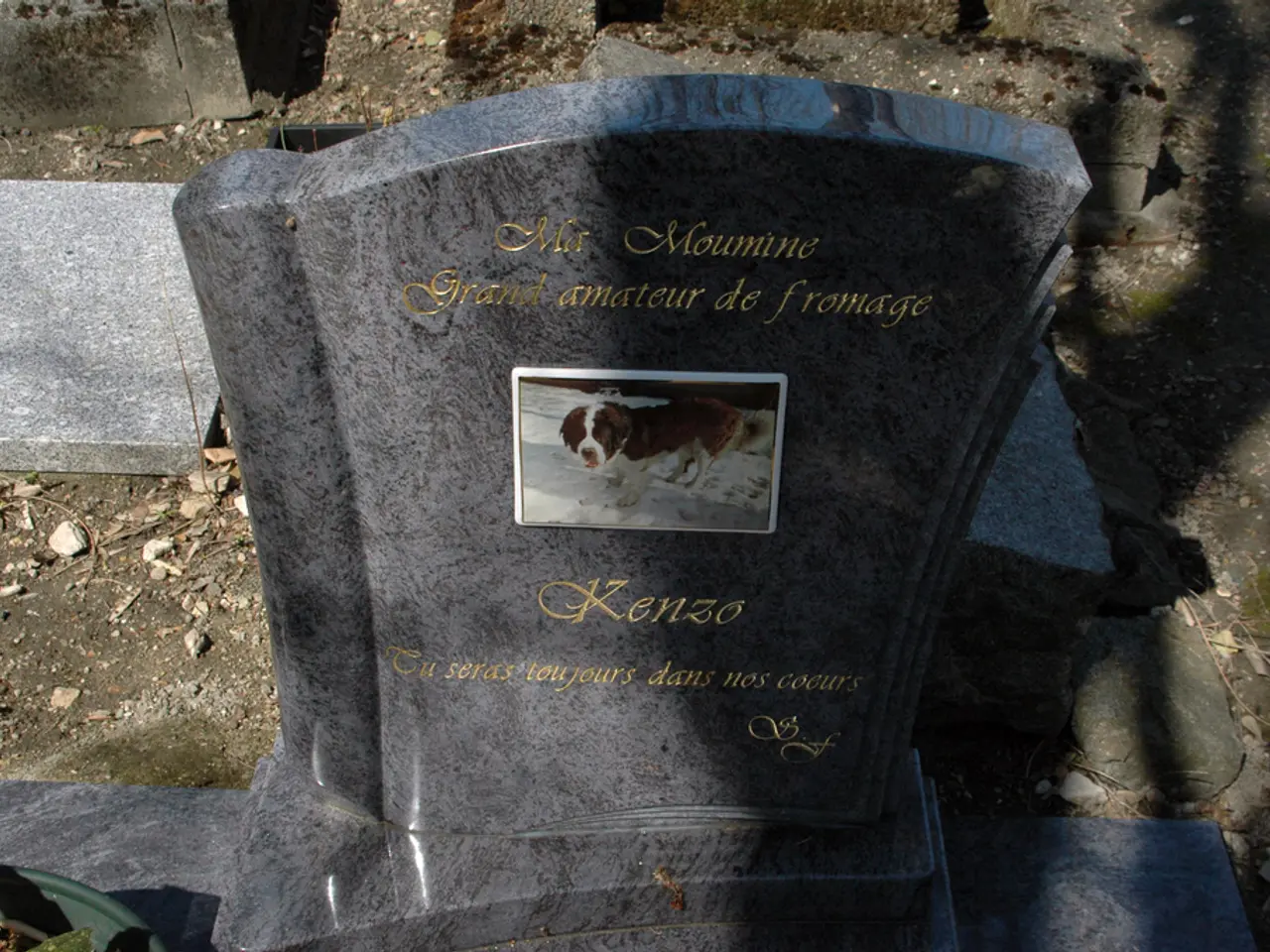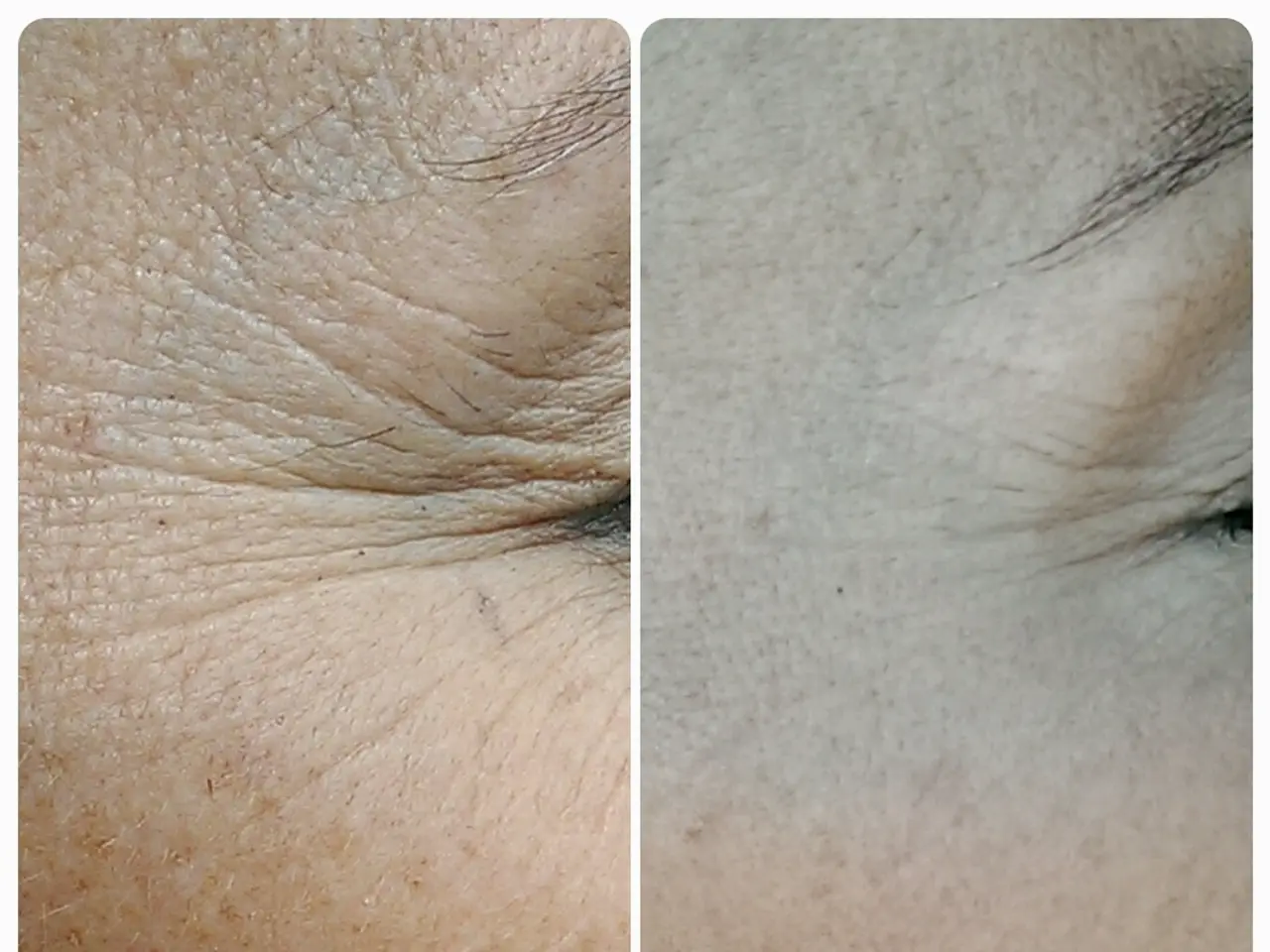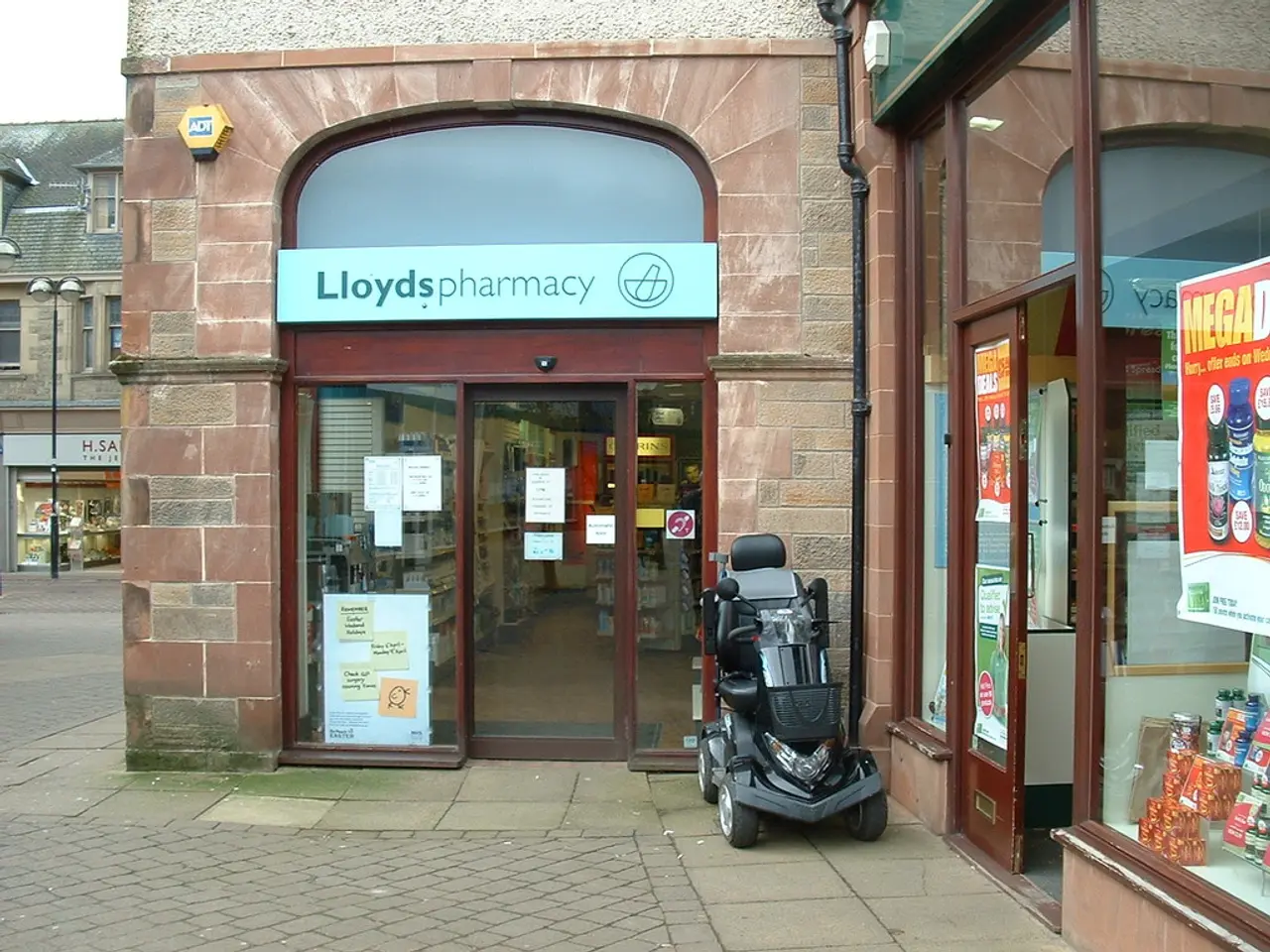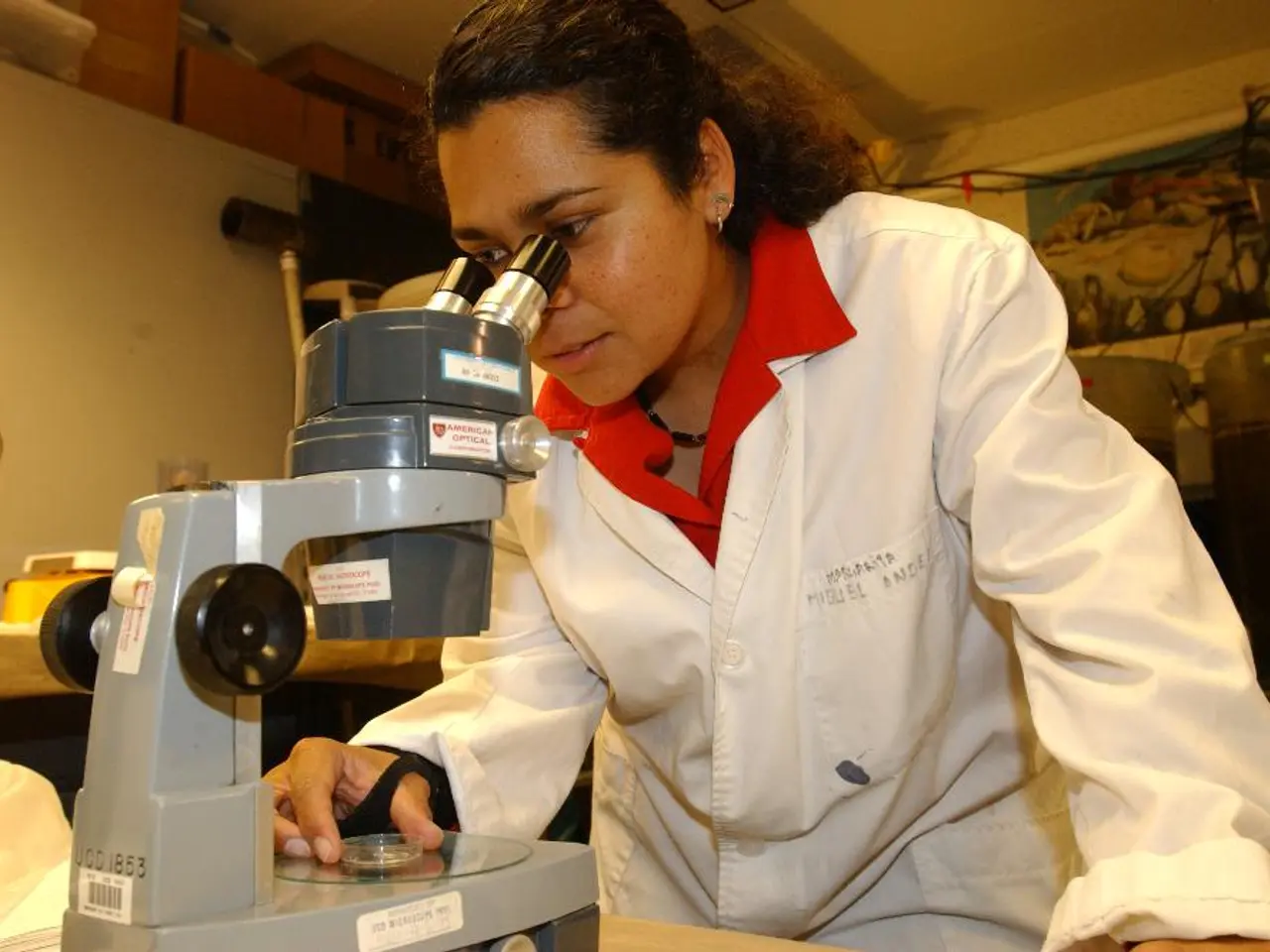Guidance on Genetic Aspects of Nemaline Myopathy: Understanding Family Genetics and Inheritance Concerns
Nemaline Myopathy (NM) is a rare, inherited congenital muscle disorder that primarily causes muscle weakness, decreased muscle tone (hypotonia), and reduced reflexes. The condition has a broad spectrum of severity, ranging from mild weakness to severe generalized muscle weakness that can lead to respiratory failure.
Common Symptoms
The most common symptoms of NM include muscle weakness, which is often present from birth or early childhood and affects skeletal muscles variably, sometimes severely. Hypotonia, or decreased muscle tone, leads to floppy muscles, and reduced reflexes result in diminished deep tendon reflex responses. In severe cases, muscle weakness can involve respiratory muscles, causing breathing difficulties and insufficiency. Occasionally, delayed motor milestones and difficulty swallowing may occur, depending on the severity of the condition.
Treatment Options
Regrettably, there is no specific cure for NM. Treatment is primarily supportive and symptomatic, focusing on respiratory support (e.g., assisted ventilation in severe cases), physical therapy to maintain muscle function and prevent contractures, nutritional support if swallowing is affected, and management of complications like respiratory infections. A multidisciplinary approach involving neurologists, pulmonologists, physical therapists, and nutritionists is common. Research into targeted therapies is ongoing, but currently, care revolves around symptom management.
Genetic Counselling and Testing
Genetic counselling plays a critical role in educating families about the nature of NM, its modes of inheritance, and the likelihood of recurrence in future children. Goals of genetic counselling in NM include preparing for a positive diagnosis, helping families learn how to adapt to the condition, dealing with human feelings that come with a diagnosis, and explaining the hereditary contributions to the disorder and the chance of recurrence in different family members.
Prenatal testing in NM helps assess the health of the baby while they are growing and includes methods like ultrasound, whole-exome sequencing, and Preimplantation Genetic Diagnosis (PGD). Carrier screening in NM checks if an individual has one of the genes for NM but isn't showing symptoms.
PGD aims to diagnose babies before they are born by fertilizing embryos outside the womb and checking their DNA for mutations before implantation. In recessive disorders, an individual needs two copies of the gene to exhibit signs and symptoms of the disease. In dominant disorders, an individual needs only one copy of the gene to show signs and symptoms.
Inheritance and Recurrence
Nemaline myopathy can be inherited through either dominant or recessive genes. In dominant nemaline myopathy, there is a 50% chance of passing on the condition to the children, whereas in the recessive type, there is a 25% chance of the child developing the condition and a 50% chance of the child being a carrier of the disorder.
Less Common Symptoms
In addition to the common symptoms, less common symptoms include ophthalmoplegia (eye muscle weakness), difficulty breathing, and cardiac issues. These symptoms can vary greatly from person to person, making each case unique.
In summary, NM manifests as muscle weakness and hypotonia with variable severity, often affecting respiratory function in severe cases, and treatment is supportive aimed at improving quality of life and managing complications. Genetic counselling and testing are essential tools in understanding the condition, its inheritance patterns, and the chances of recurrence in future generations.
Health-and-wellness professionals work closely with affected individuals and their families to provide support and manage the symptoms of Nemaline Myopathy, a rare medical-condition that primarily affects muscle strength and tone. Senate Bill 734, a piece of legislation aimed at promoting health and wellness, could potentially provide resources and funding for research into new treatments and targeted therapies for Nemaline Myopathy and other rare muscle disorders.
